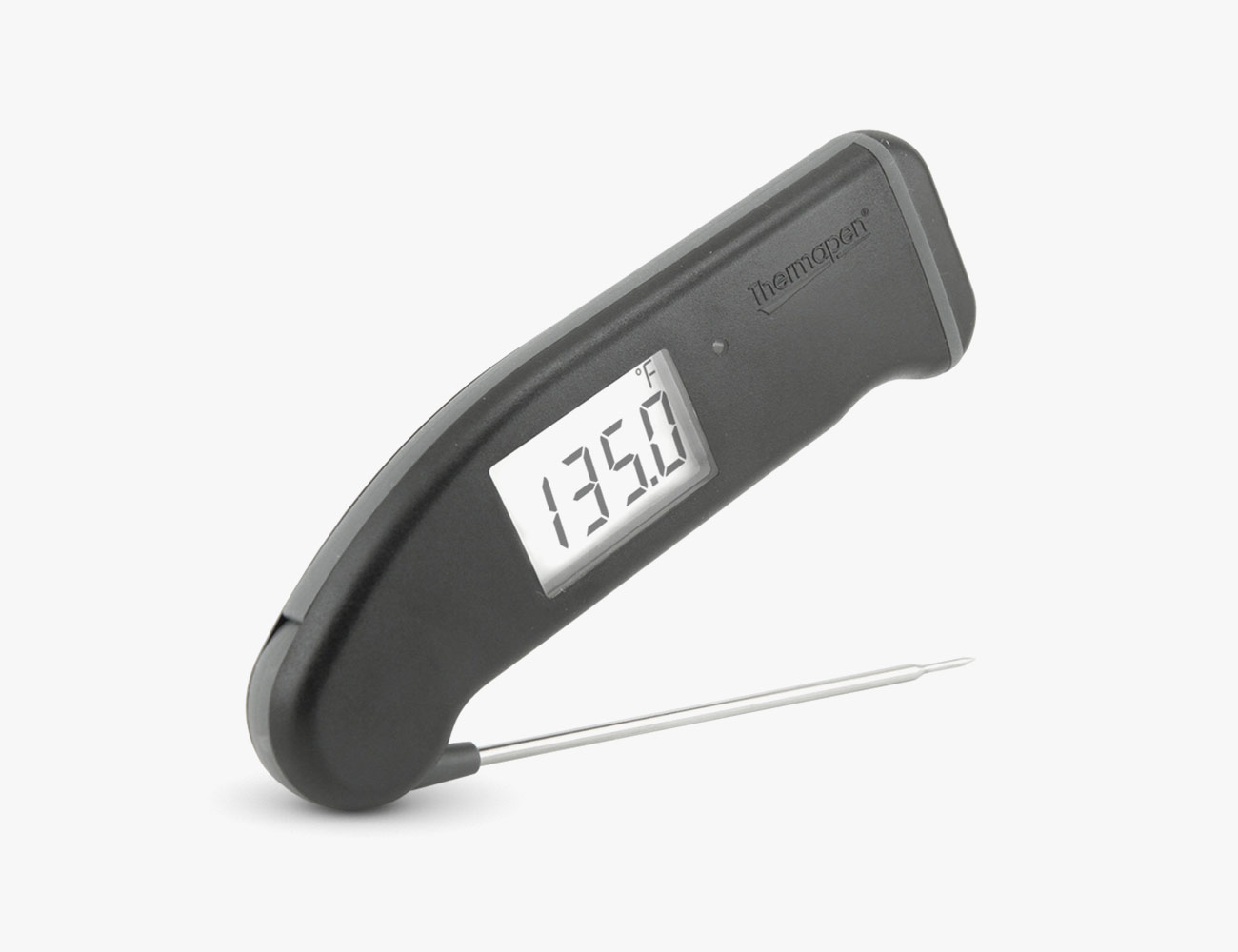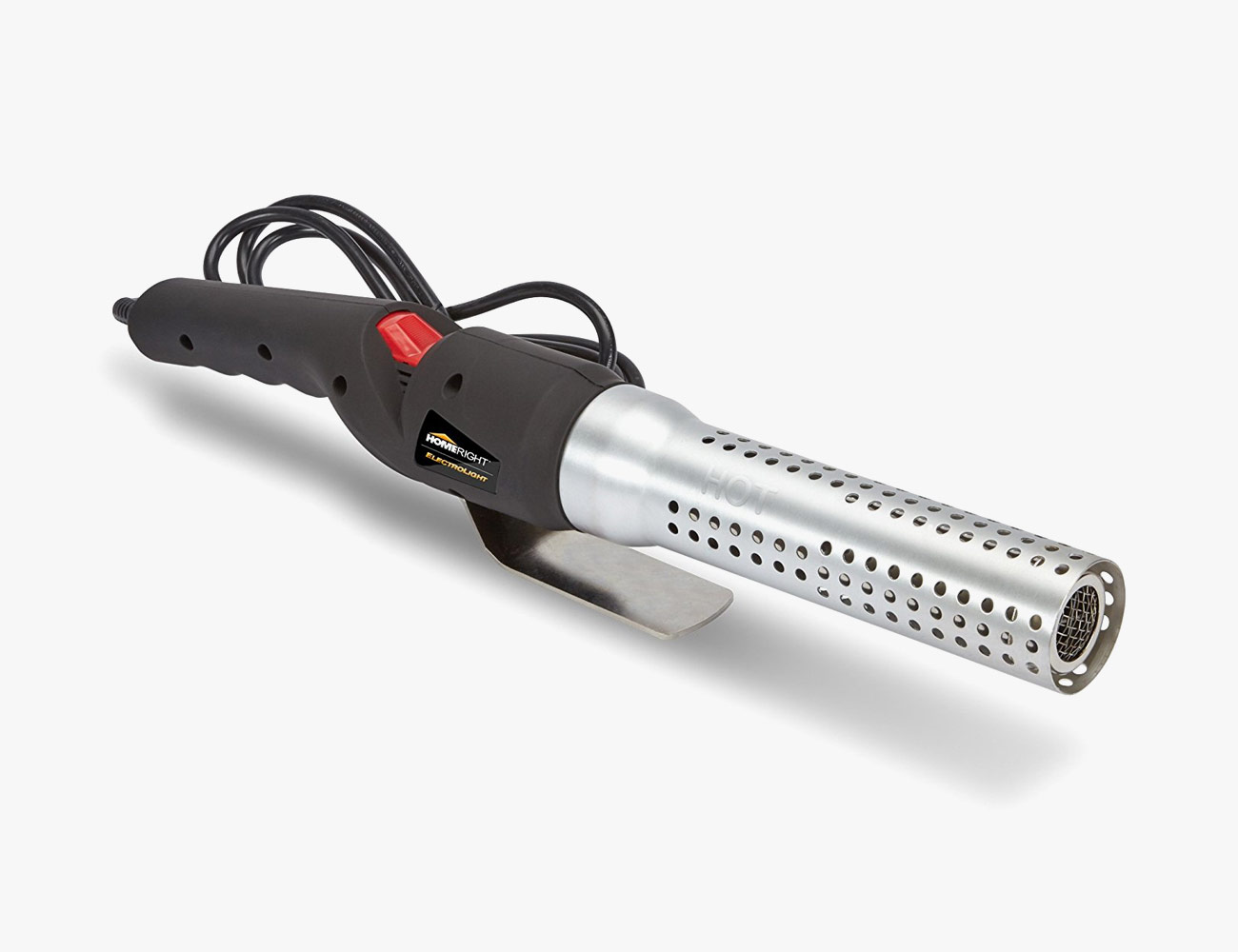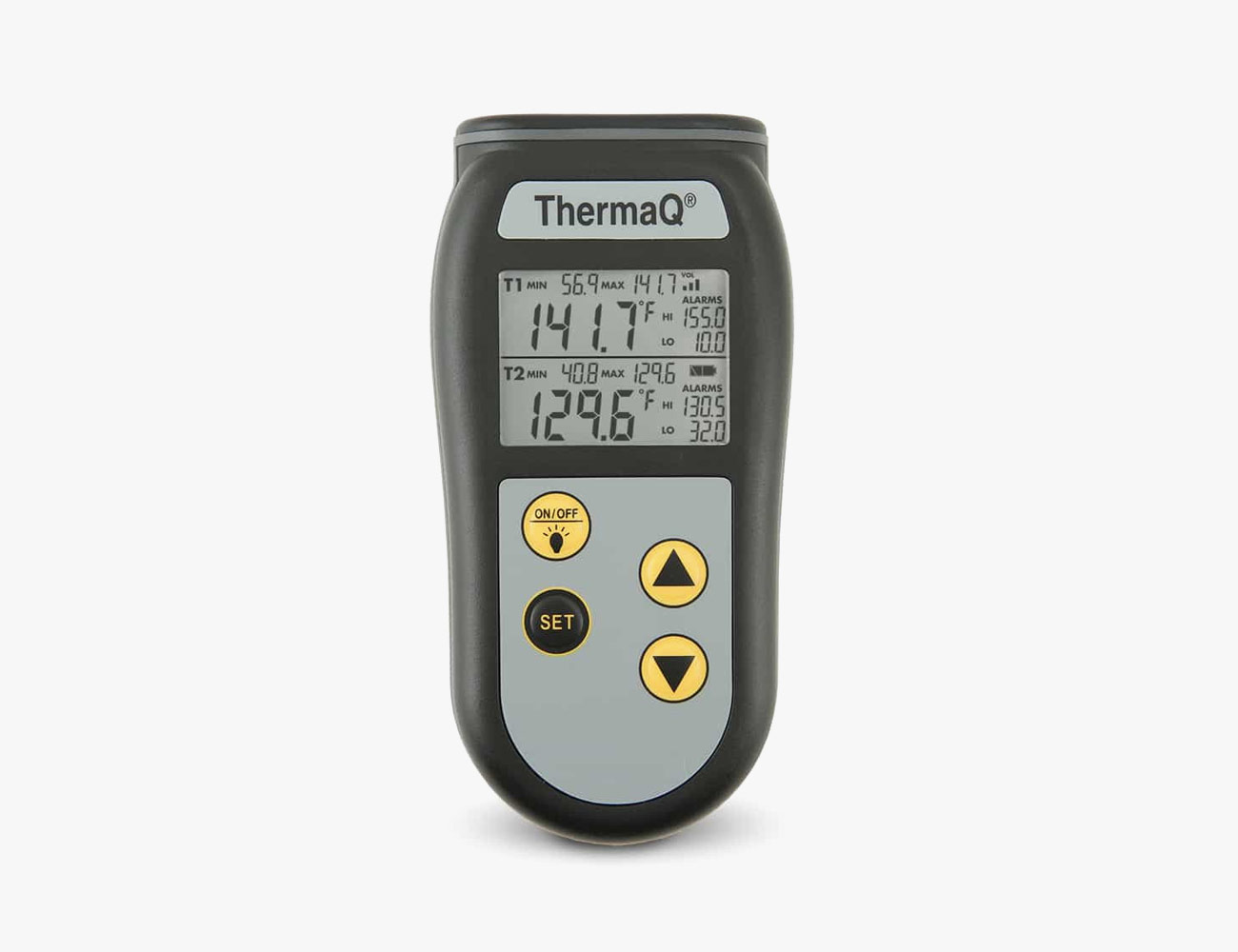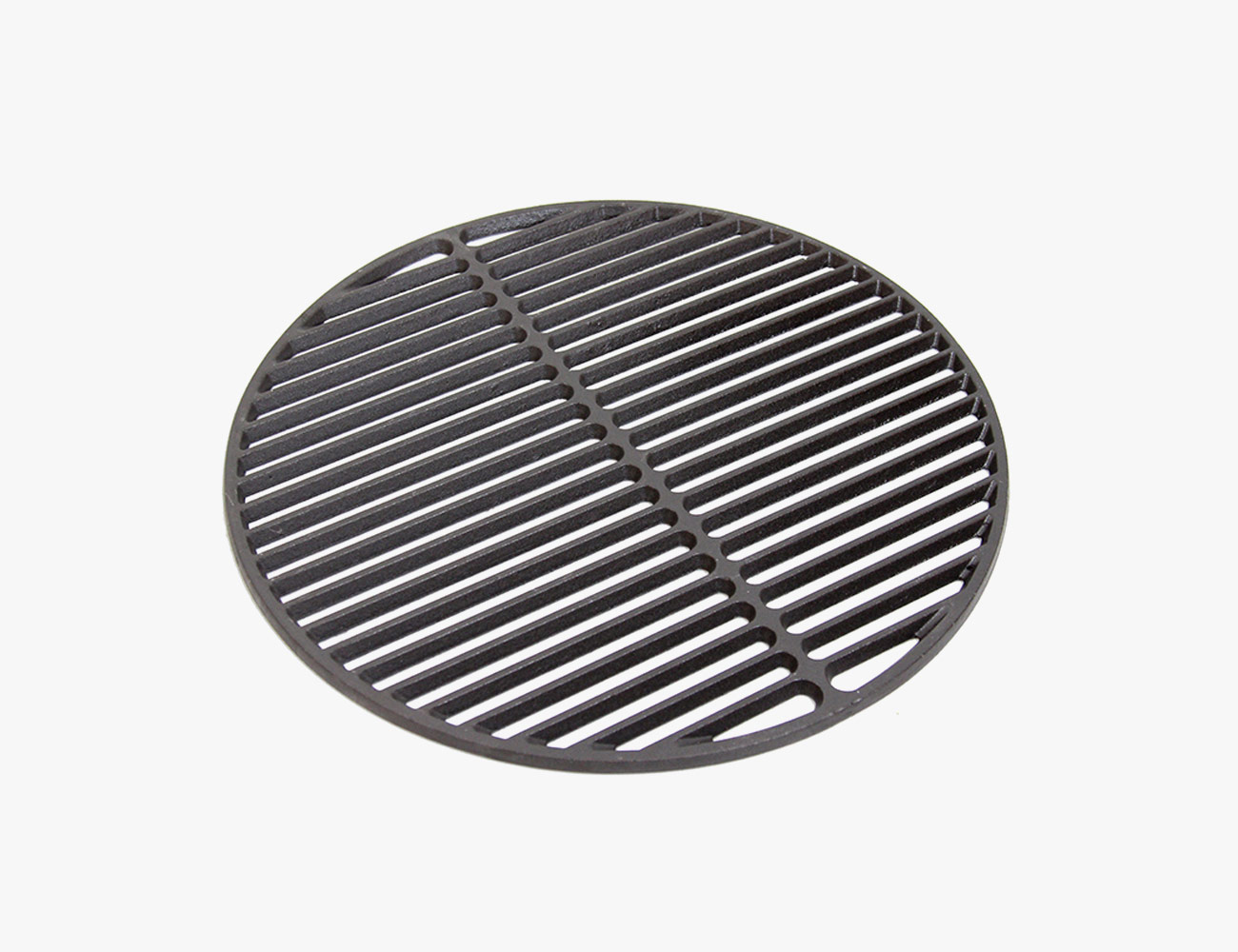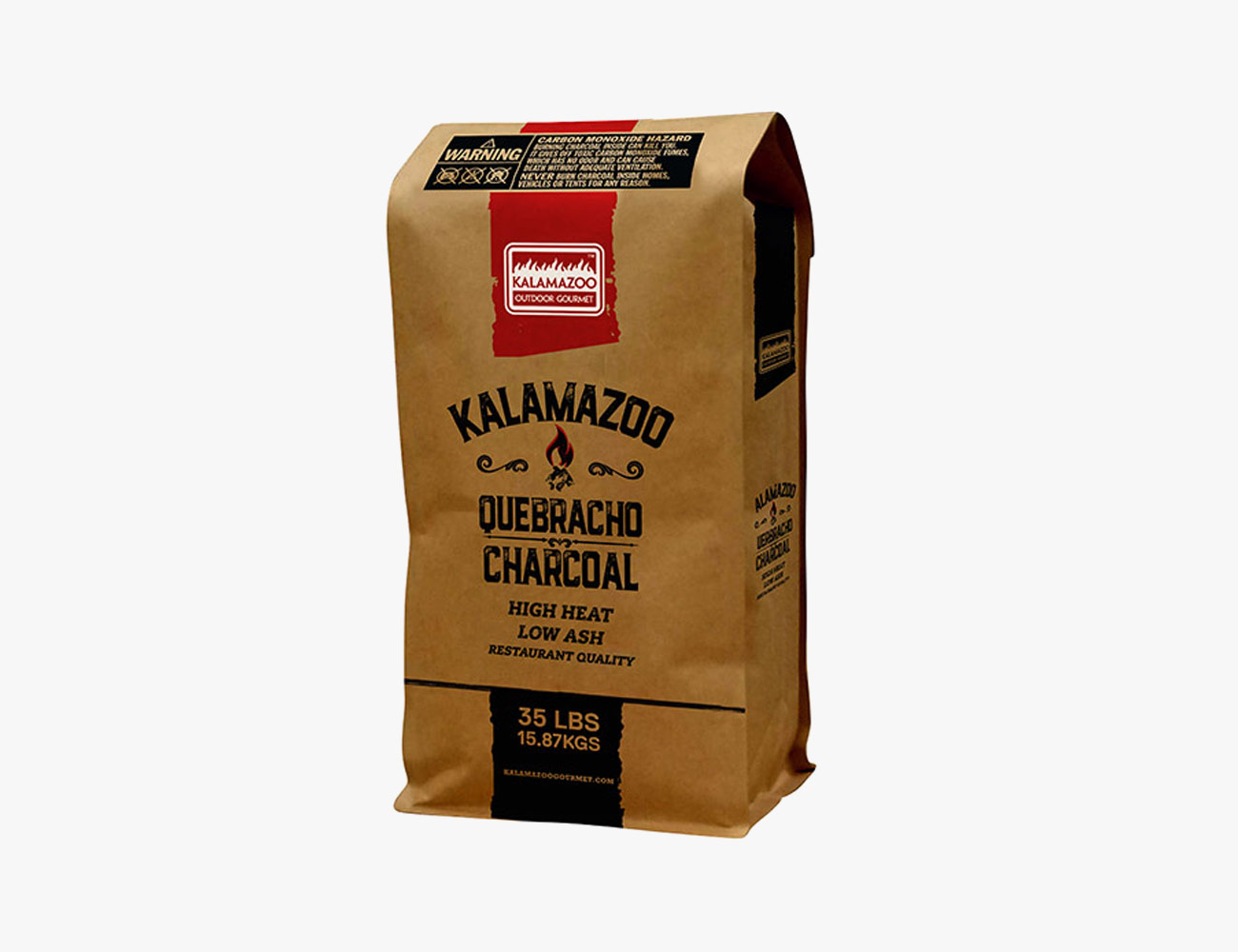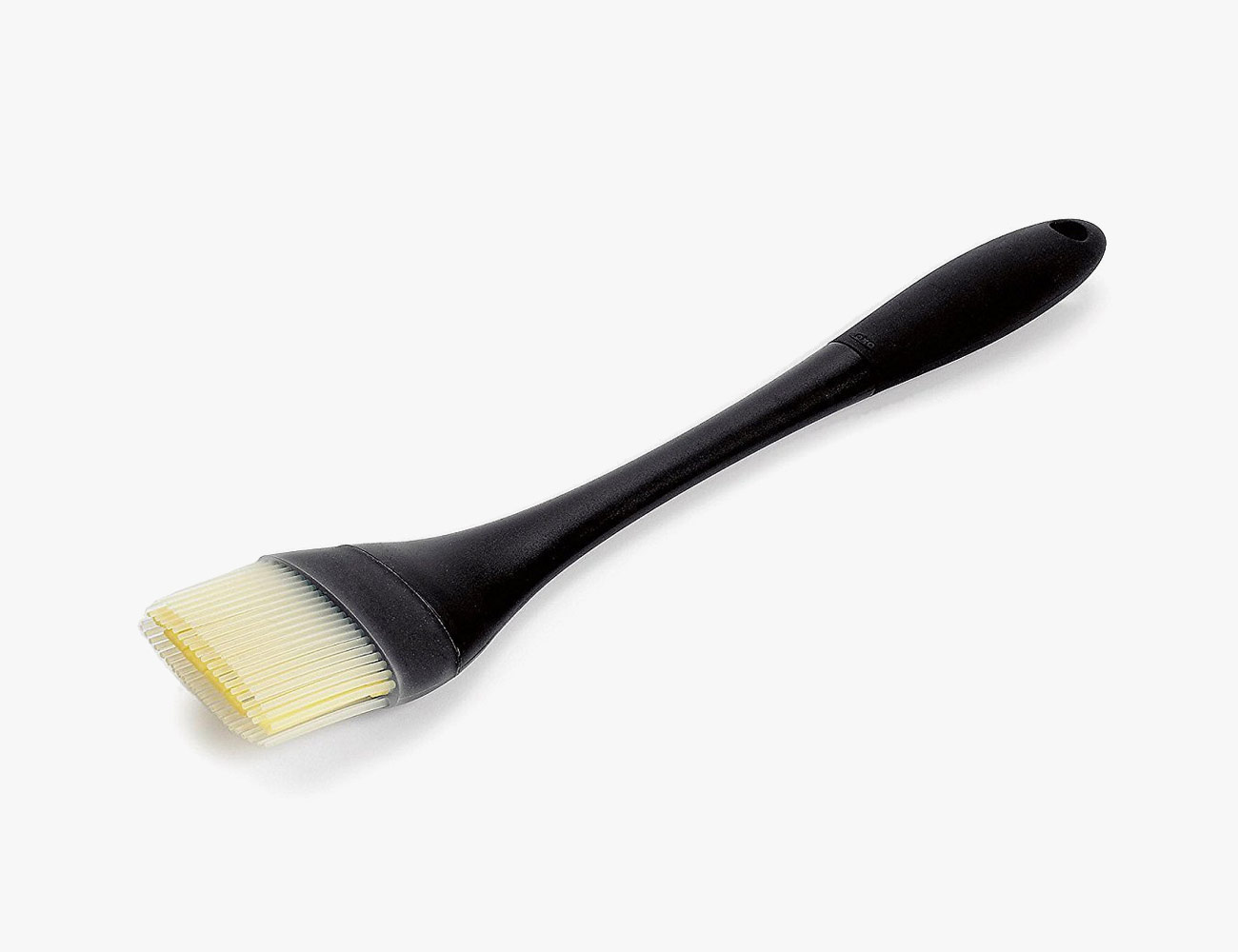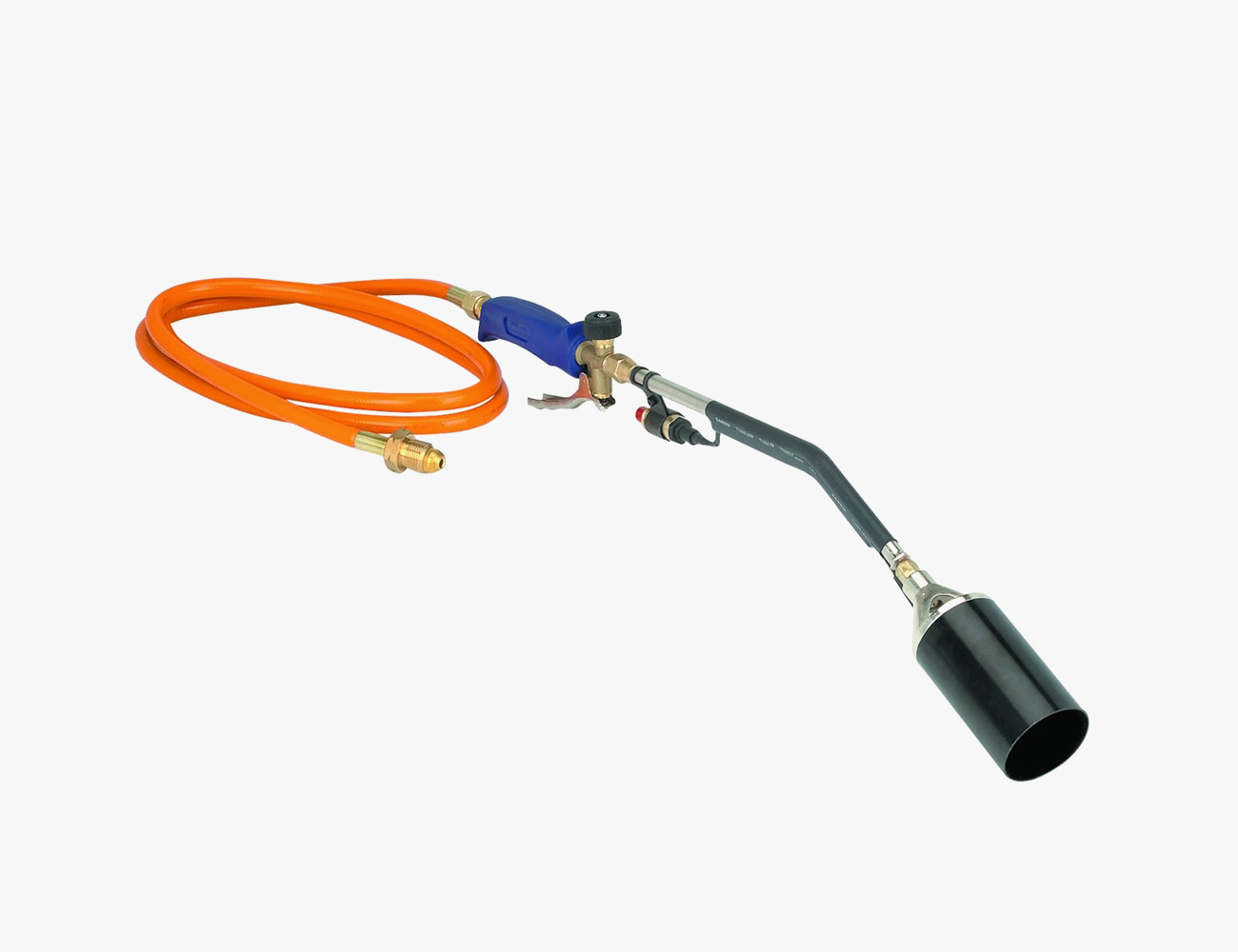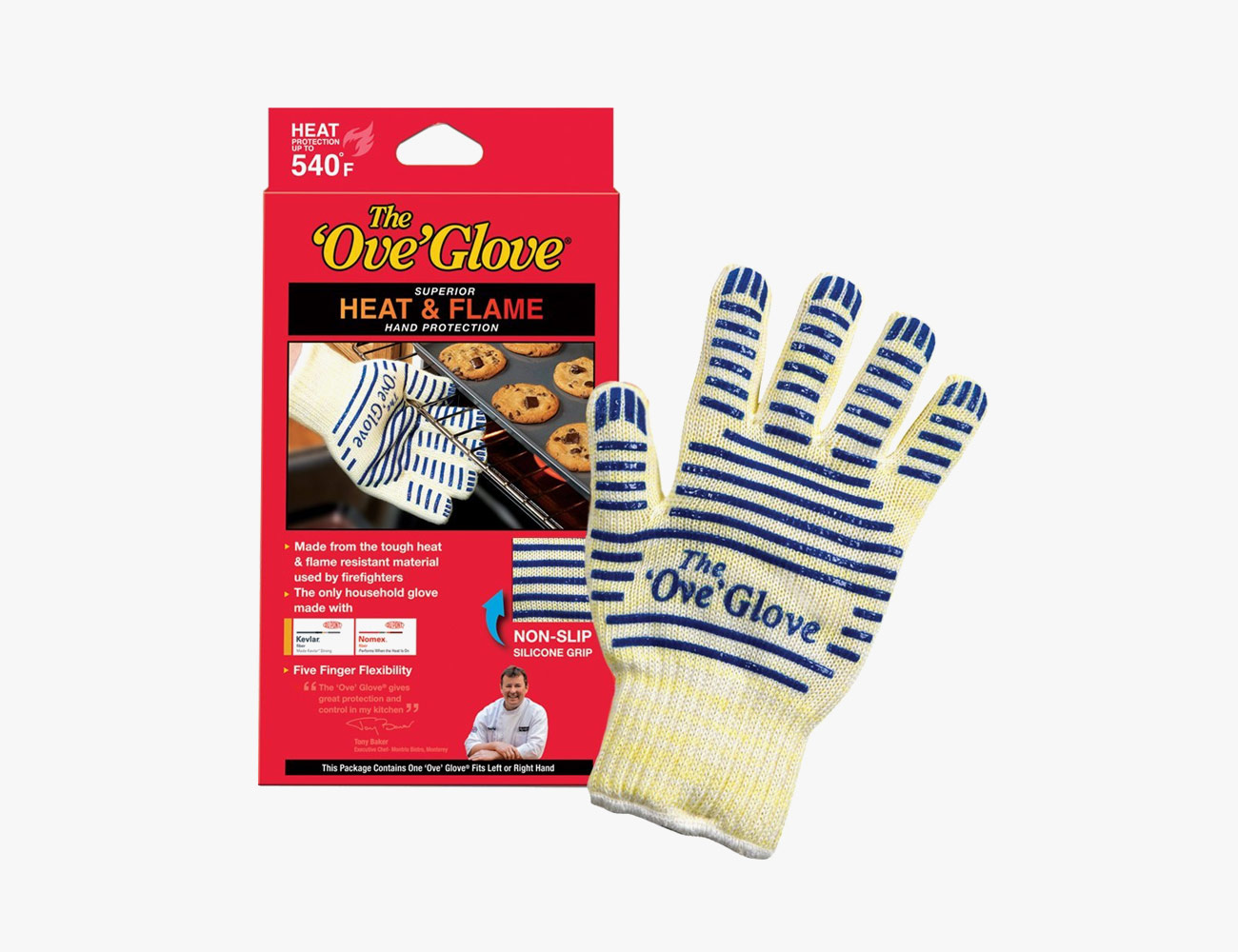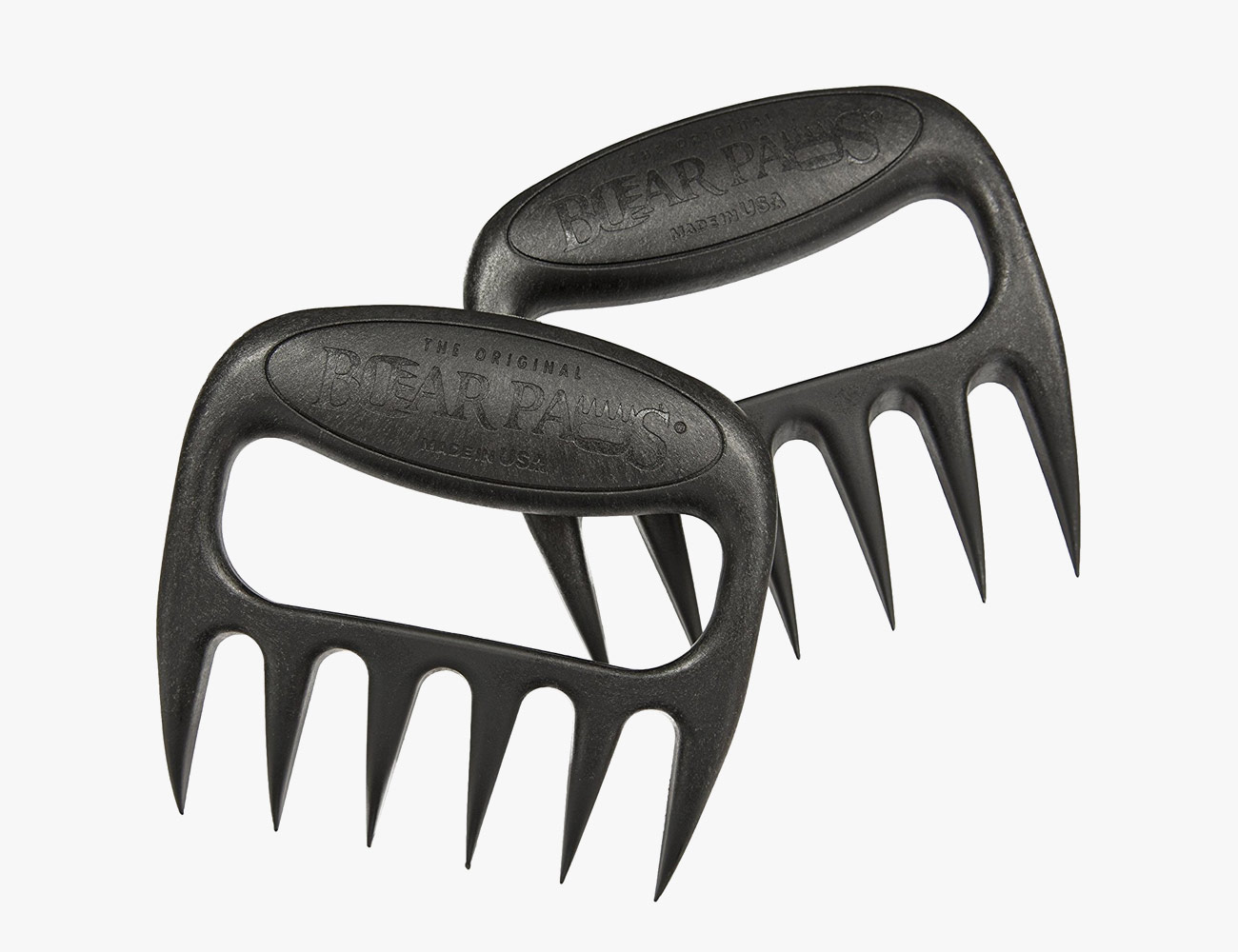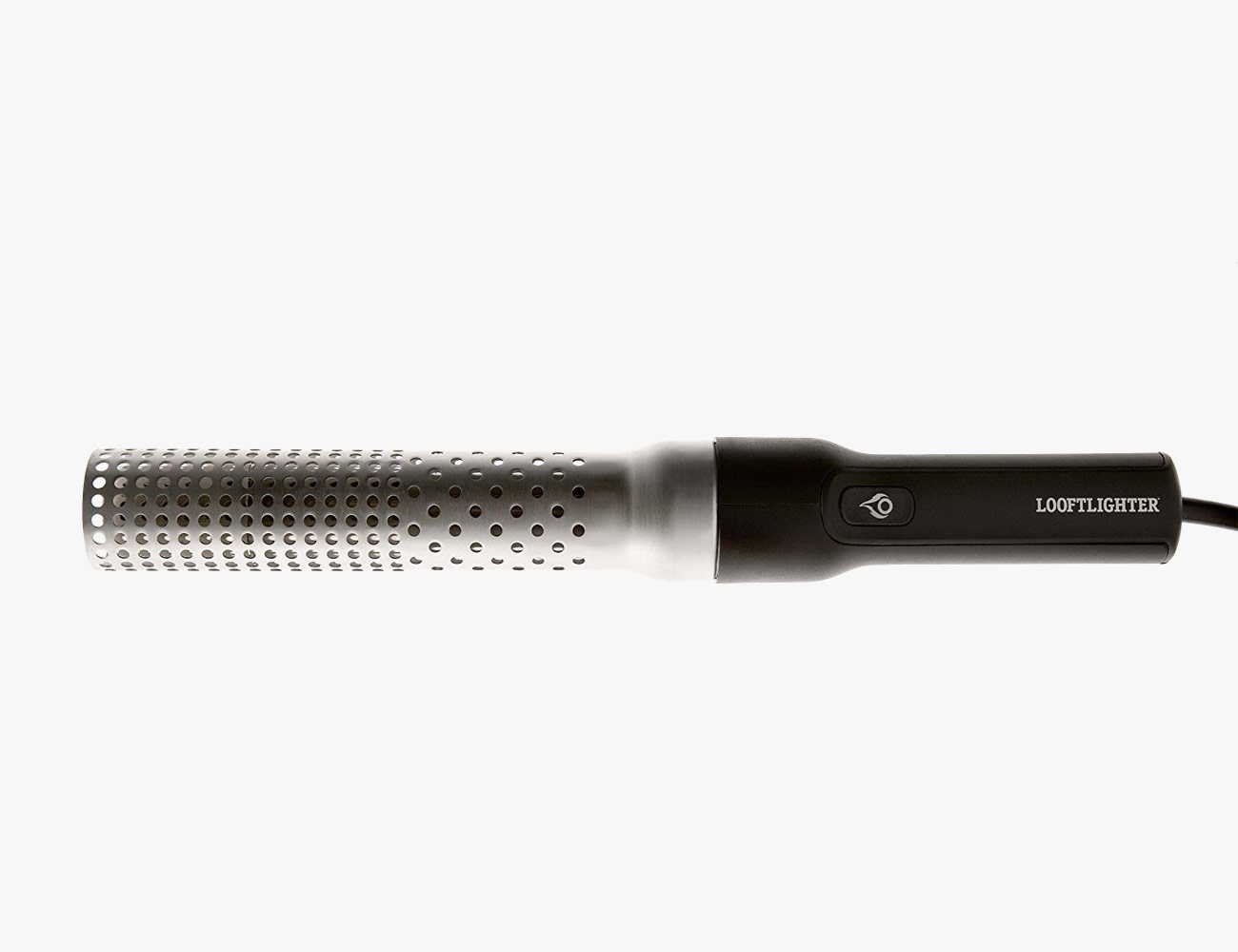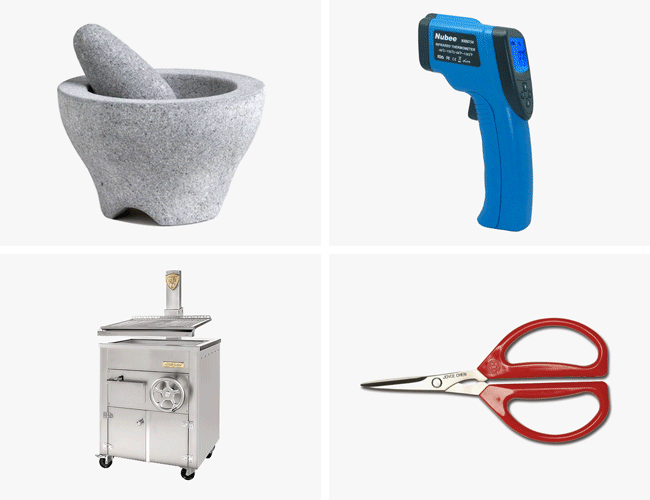Somewhere between science, art, time and a bit of madness, there’s barbeque. Smoke, indirect heat, wood and charcoal are all that’s required to call something barbeque, but its apparent simplicity belies a beast of a cooking conundrum. How do you juggle temperatures, 12-hour cook times (or longer), constant fire maintenance, and seasoning on what could be a 300-pound hog split down the middle? Years of practice and, more attainable, the right gear. Below, four renowned pitmasters gathering at the Windy City Smokeout later this year discuss the gear that gets them from butcher to pull-apart, black bark-laden masterpieces.
Samuel Jones
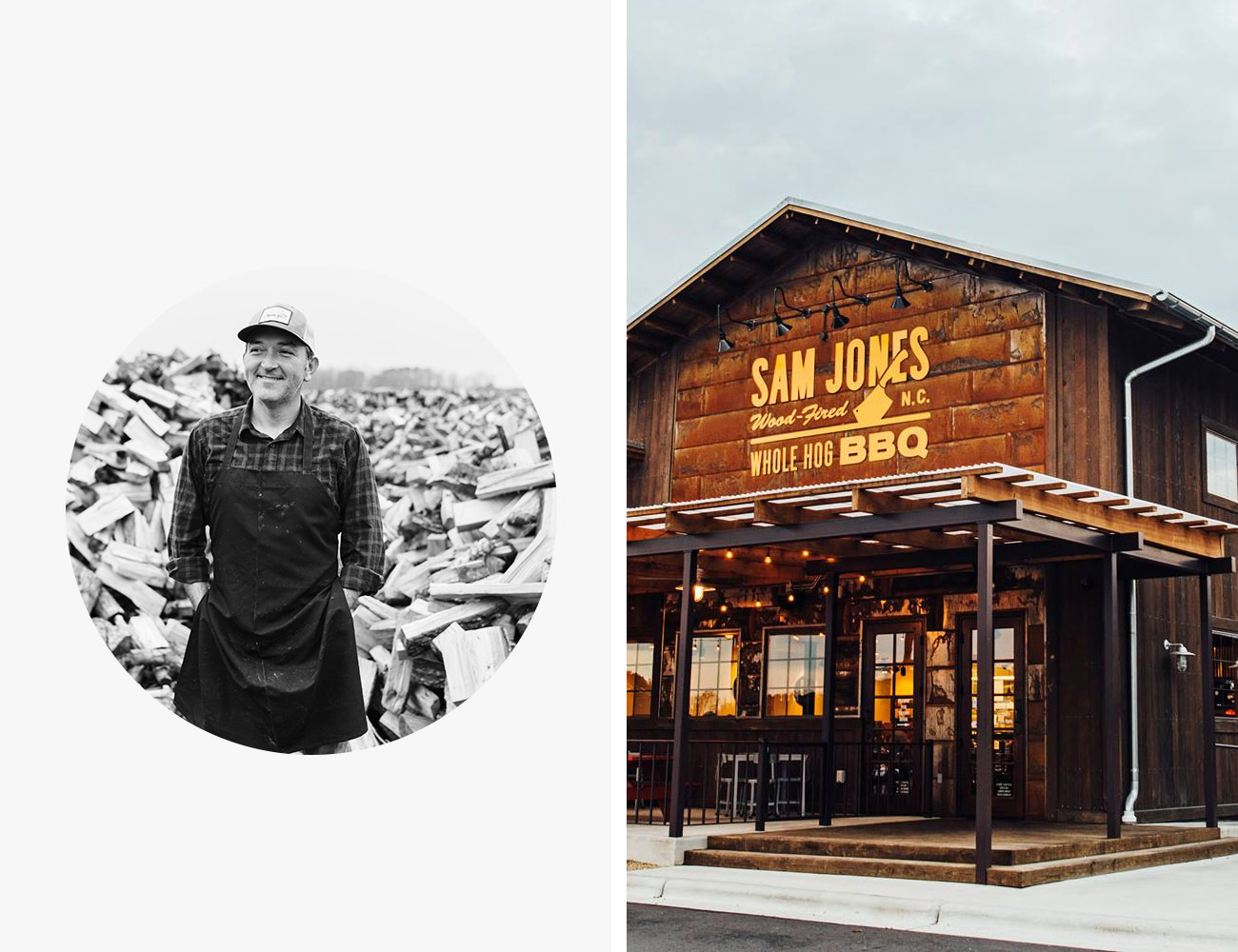
Pitmaster, Owner, Sam Jones BBQ | 715 W. Fire Tower Rd, Winterville, NC 28590
In the barbeque world, the Jones family needs little introduction. Proprietor and pitmaster at his eponymous temple to whole hog barbeque, Sam Jones is the son of Pete Jones, who opened and operated the James Beard Award-winning Skylight Inn BBQ for 60-some-odd years. The Jones family are proliferators of Eastern North Carolina whole hog-style barbeque, a style with a keen focus on drawing out the pig’s natural sweetness and balancing it with a generous helping of vinegar and spices.
Thermopen MK4
“I was a guy raised by a family of BBQ men that never used thermometers. Everything was about touch. However, I’ve learned that [thermometers] aren’t a sign of inexperience, but more so a speedometer. I prefer the Thermopen MK4. It reads in just a few seconds. This is important because the longer your grill or pit is open, the more heat is escaping it. The MK4 is also waterproof. For around $100, it’s money well spent.”
Yeti Coolers
“Anyone manning a grill or pit outside needs a good cooler. I’m not saying just any cooler. I’m saying get a Yeti. I’m a Yeti man through and through. The first two pieces I’d suggest would be the Flip 24, and the Tundra 65. The Flip is awesome because you can throw it on your back and go regardless of what you have in it. You never have to worry about it leaking. I have used the Tundra for both keeping meats and veggies cold, and for holding cooked meat. The Tundra 65 is just the perfect size cooler. Most recently, we transported a cooked half hog in a Tundra 125 for three hours to find it only lost 9 degrees of internal temp.”
BQ Whole Hog Pit
“Melvin Whitman at BQ Grills in Elm City, North Carolina, and I put our heads together some years ago to create what I think is the perfect grill and pit. It accommodates a whole hog, but it also has a removable heat deflector that enables you to grill. It uses only wood coals, or charcoal. It is produced in several sizes and variations. I have three generations of this unit. I personally like the 68 by 48 inches for the whole hog.”
Jonathan & Justin Fox

Co-Owners and Co-Pitmasters, Fox Bros Bar-B-Q | 1238 DeKalb Ave NE, Atlanta, GA 30307
Apart from being one of the South’s best barbeque joints, Atlanta’s Fox Bros Bar-B-Q is something of an invasive species in Georgia — instead of leaning on sweet ketchup and vinegar bases the state holds as its own, the Fox brothers smoke Texas-style ‘cue. The joint does many things well, but its rubbed-down ribs and brisket are why you fight Atlanta traffic to sit down at a picnic table and feast. Identical twins Jonathan and Justin Fox opened up the spot in 2007 and have raked in award after award since; they’ve also featured in publications like USA Today, Southern Living and Maxim.
Home Right Electro Light Fire Starter
“When I am looking to fire up my charcoal grill, or even my smoker, the hard part is lighting a fire. In a pinch, you can easily use an oil-soaked piece of paper or keep buying starting sticks, but one item I found that is reusable is the Home Right fire starter. This piece of equipment uses super-heated air to light charcoal in less than one minute. So many uses both indoor and outdoor. When people see it in use, they are immediately asking questions about it.”
ThermoWorks ThermaQ
“In my kitchen at home, or at an event on the road, probe thermometers can always be found with me. The ThermaQ Wi-Fi is one of the best I have found, and I have tried and broken a ton over the last 15 years. It costs more, but you really get what you pay for. It stands up to the rigors that are the barbecue lifestyle. With the Bluetooth features you can even receive updates on your phone. Where was that 15 years ago.”
Big Green Egg Cast-Iron Grate
“Whenever I fire up my grill, there are a few things I always grab. First is my Big Green Egg cast-iron grill grate. I cook a lot with cast iron in the kitchen of my home so why not continue that on the grill. It holds heat whether you are cooking over direct heat or when you are cooking indirectly.”
Charlie McKenna
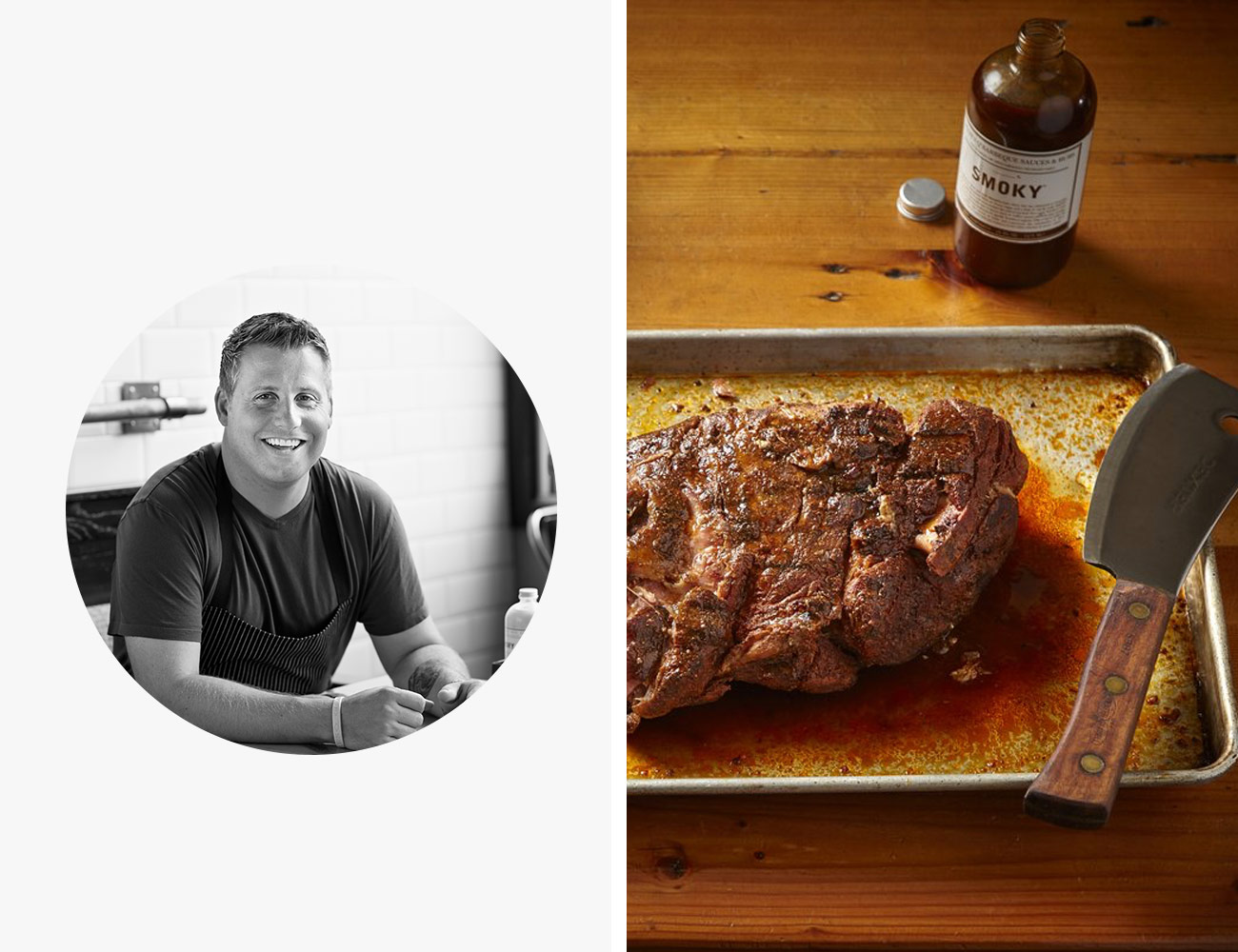
Chef and Owner, Lillie’s Q | 1856 W. North Ave. Chicago, Illinois (more locations here)
Though he may operate out of Chicago, Charlie McKenna’s roots remain firmly planted in the barbeque belt. McKenna learned the craft first by watching his grandmother (to whom his restaurant is named after) cook Southern dishes during his childhood, and later cooking in professional kitchens in Miami, New York and eventually Chicago, where he’s built his restaurant empire. The conflux of McKenna’s Deep South-Big City education made itself known when he took home a W at the hallowed Memphis-in-May World Championship Barbecue festival.
Kalamazoo Quebracho Charcoal
“It is quebracho, which comes from a tree native to South America. It burns longer and hotter than other charcoal, so you can use less at a time. It also doesn’t leave as much ash as other charcoals, so cleanup is easy which is always a plus.”
OXO Silicone Basting Brush
“These are great to use when basting grilled items with a BBQ sauce, butter or whatever marinade you’re applying. The silicone bristles don’t burn, clump or fray, which makes application easy and your brush will last much longer. These are also much easier to clean than traditional basting brushes especially from sticky BBQ sauces — it’s even dishwasher safe.”
Harbor Freight Propane Torch
“This torch hooks up directly to the propane tank, and it can light your charcoal or wood in less than one minute. I only cook with live fire and I like to light it as quickly as possible. Less time lighting the fire leaves more time to work on your recipe. This tool is amazing. It might be a little intimidating to some, but it’s a game changer once you get the hang of it.”
Doug Psaltis

Chef and Partner, Bub City, Co-founder, Windy City Smokeout | 435 N Clark St. Chicago, IL 60654
Psaltis came to barbeque later than most, and from Long Island of all places. But he did not come without a résumé that included the likes of French Laundry, two Alain Ducasse restaurants (at which he was the first ever American named Chef de Cuisine) and Country, which he led to earning a Michelin star every year he was at the helm. Bub City, his first foray into barbeque in a professional sense, is a shrine to all things whiskey and slow-smoked meat.
The ‘Ove’ Glove Hot Surface Handler
“These gloves can withstand heat over 500 degrees Fahrenheit, which is crucial when retrieving meat from the smoker. Layer them with latex gloves on top for a fit that’s not bulky and allows you to perfectly handle brisket without breaking its bark.”
The Original Bear Paws Shredder Claws
“These shredding claws do it all — act as utensils to handle and lift meat off the grill or out of the smoker, then shred and pull however you see fit. They’re super sharp and the grasp makes them extremely easy to use.”
Looftlighter Charcoal Starter
“I’m a fan of the Looftlighter — it looks like a giant hairdryer — which I use it at home to start my charcoal. It cuts down on the time and hassle of lighting coals but you’re still guaranteed those charcoal sears and smoky flavor that we all love with BBQ.”
From a lava stone molcajete to a disposable thermometer to a very, very old-school pasta maker, these four professional chefs reflect on the gear they couldn’t do their jobs without. Read the Story


